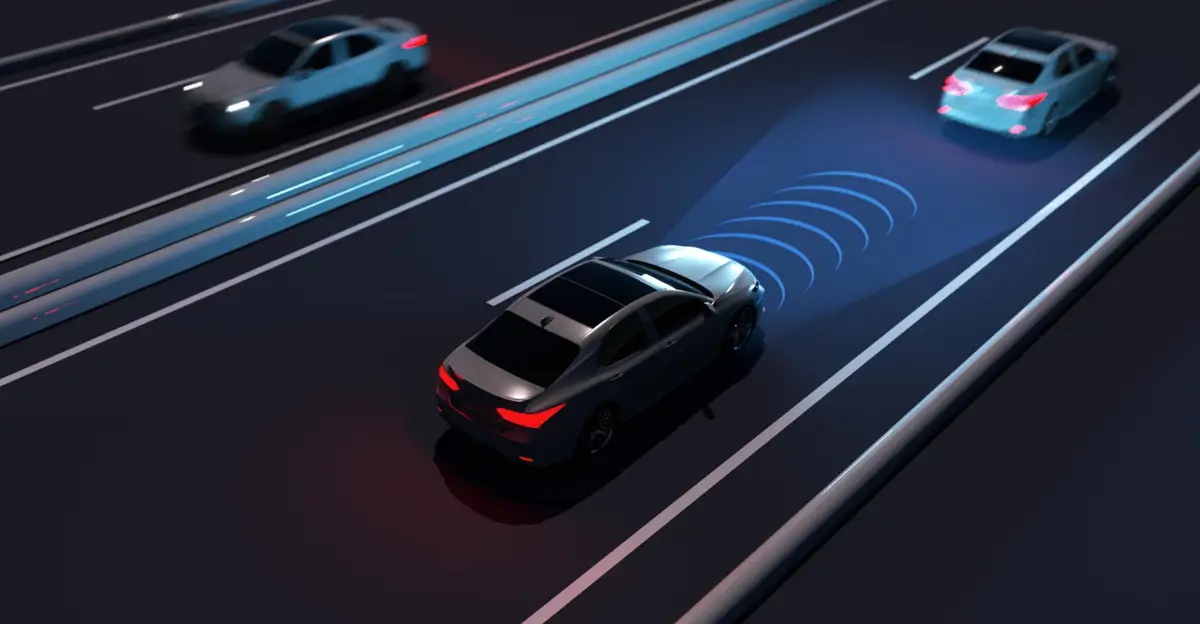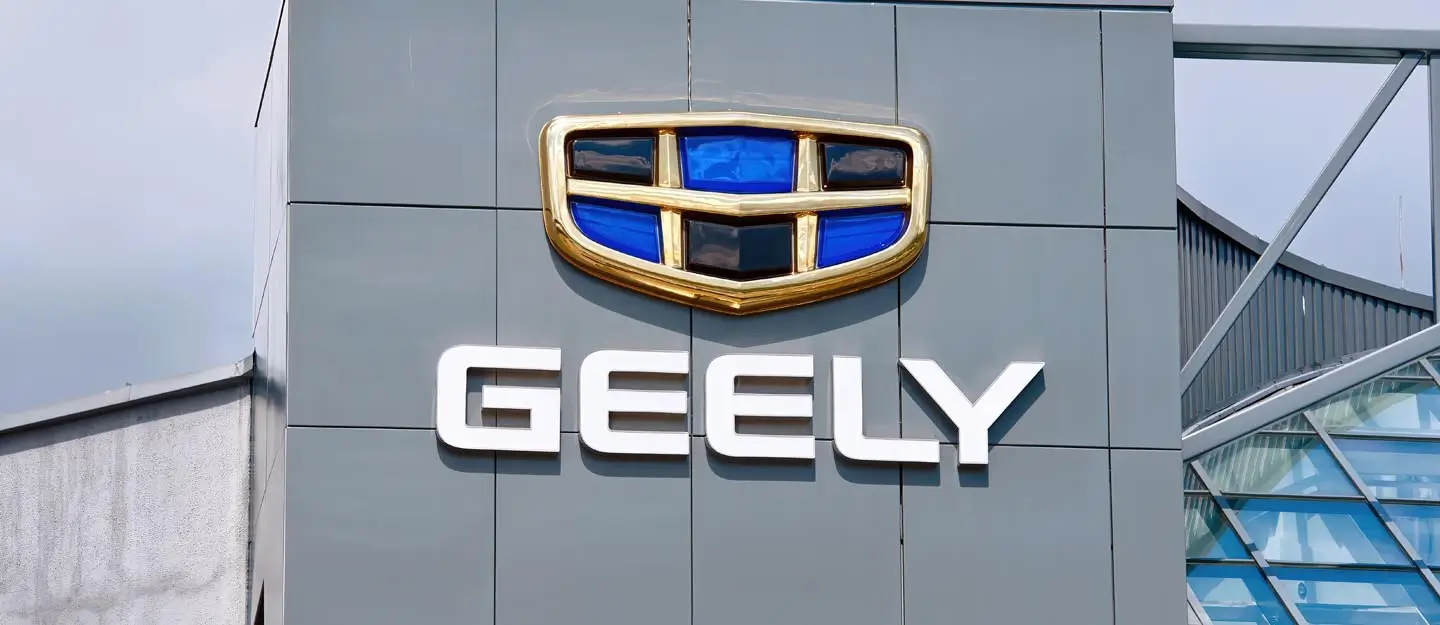Imagine a world where the convenience of a car service melds seamlessly with the cutting-edge technology of driverless cars. This isn’t a far-fetched dream but a reality being ushered in by German startup Vay. With the launch of its groundbreaking “teledriving” solution in the U.S., Vay is redefining the concept of driverless cars and challenging the giants of the mobility technology space. Let’s dive into how Vay’s innovative approach is set to revolutionize our experience with autonomous vehicles.

How Vay’s Teledriving is Changing U.S. Roads (PDF)
Vay’s Innovative Teledriving Solution
Funding and Expansion
Vay, a visionary startup, has made significant strides with $110 million in funding from esteemed investors like Kinnevik, Coatue, and Eurazeo. Marking its U.S. debut in Nevada, Las Vegas, Vay’s teledriving solution is a game-changer in mobility technology. This entry not only signifies growth but also positions Vay in direct rivalry with major American firms in the sector.
How Teledriving Works
Vay’s teledriving concept is refreshingly unique. Imagine having a car delivered right to you by a driver operating remotely. Once your journey ends, with just a click on Vay’s app, a teledriver takes control to park the vehicle, which is then driven back remotely. Vay’s success in testing this technology on public roads across Europe and the U.S., with regulatory approval, underscores its potential and reliability.
Safety and Compliance
Safety is paramount for Vay. The company ensures that its teledrivers undergo rigorous assessments before hitting the road. As CEO Thomas von der Ohe emphasizes, Vay’s technology is designed to meet stringent safety requirements, offering a reliable mobility service. Teledrivers are trained to handle complex situations using their perception and decision-making skills, a notable advantage over fully automated systems.
Legal and Regulatory Framework
Vay’s entry into the U.S. market isn’t a hasty move. The company has meticulously ensured compliance with local laws and secured the approval of Nevada authorities, showcasing its commitment to responsible and legal operation.
A Different Take on Self-Driving
Comparing with Giants
Vay’s approach starkly contrasts with Tesla and other companies pursuing fully autonomous vehicles. While smaller in scale, Vay’s model — a hybrid of human-operated and autonomous features — offers a practical and innovative solution in the realm of autonomous mobility.
The Teledriving Experience
Vay’s service is straightforward yet revolutionary. Users can order a car, which is remotely driven to them. After using the car, they can opt for a teledriver to park it safely. This model combines the ease of a car rental with the sophistication of autonomous technology.
An Alternative to Robotaxis
Vay is not just competing; it’s offering an alternative to robotaxis. 2023 saw challenges in the robotaxi industry, with incidents and cost inefficiencies plaguing major players like General Motors’ Cruise. Vay’s model sidesteps these issues, promising a more cost-effective and practical solution to autonomous driving.
Conclusion
Vay’s launch in the U.S. is more than just another tech startup making waves. It represents a significant shift in how we perceive and interact with autonomous vehicles. By blending human expertise with cutting-edge technology, Vay offers a unique, safe, and efficient mobility solution. As the industry evolves and faces challenges, Vay’s teledriving solution stands out as a promising alternative, redefining the future of transportation. This is not just a new player in the field; it’s a visionary approach set to transform our travel experiences.




